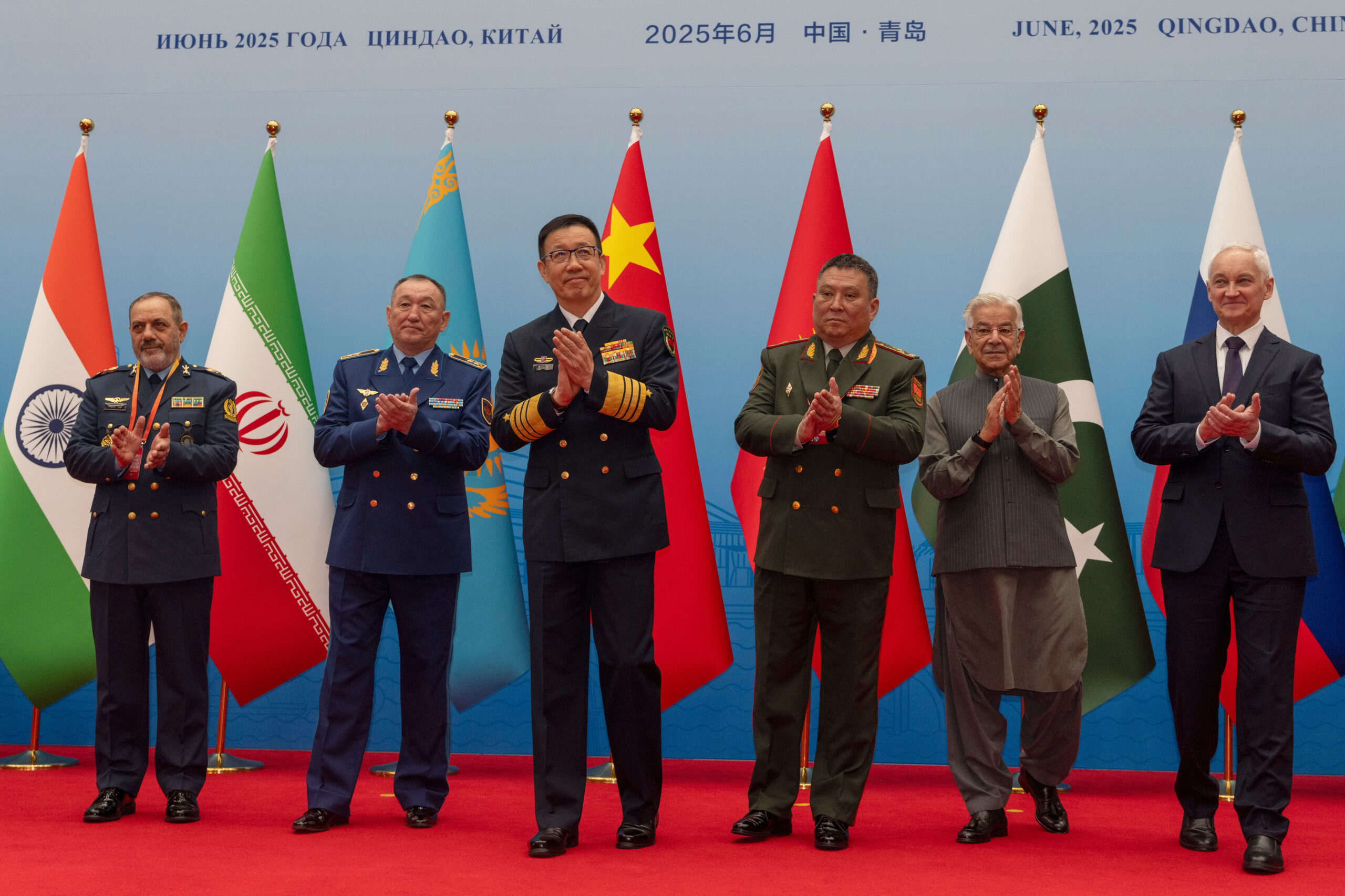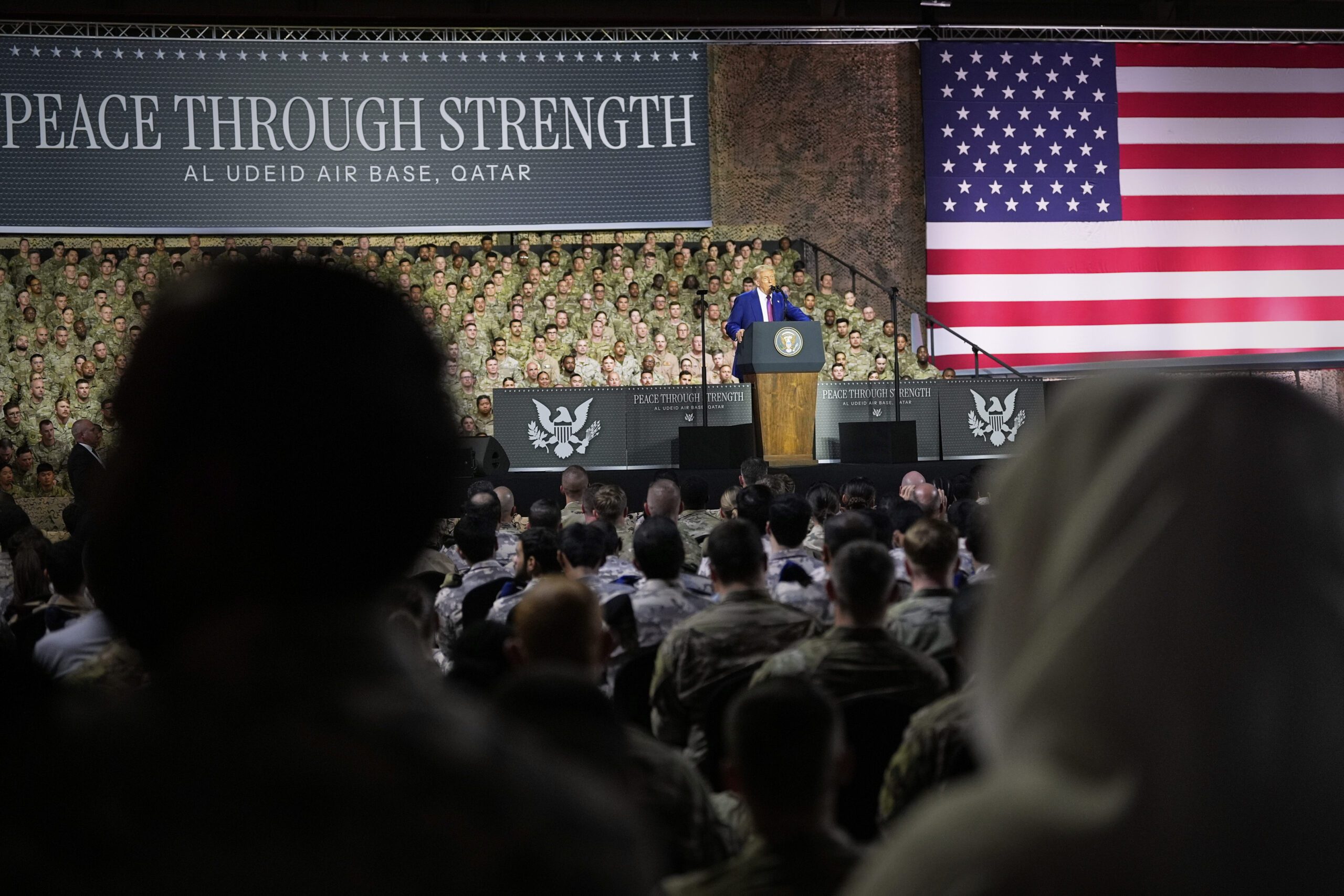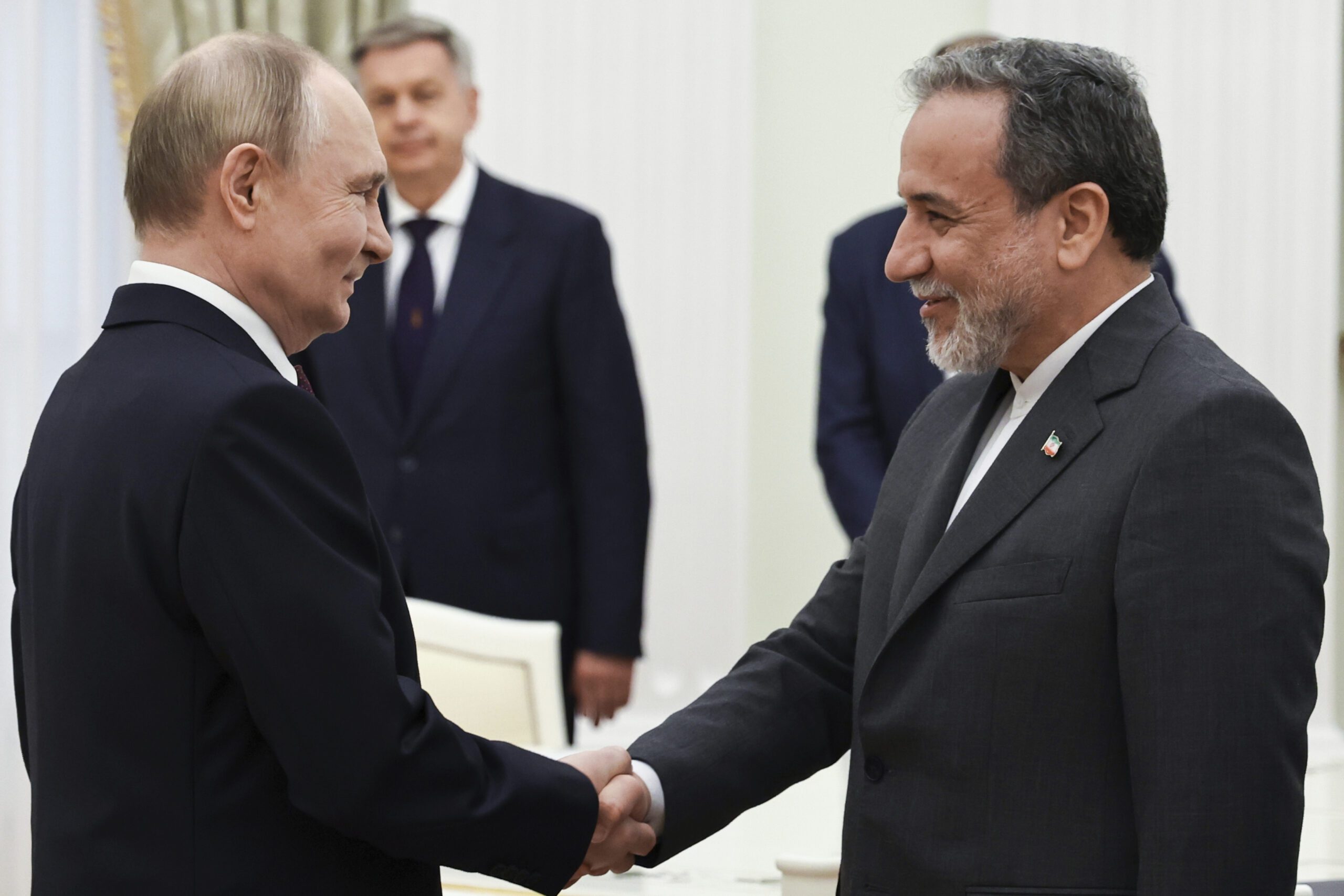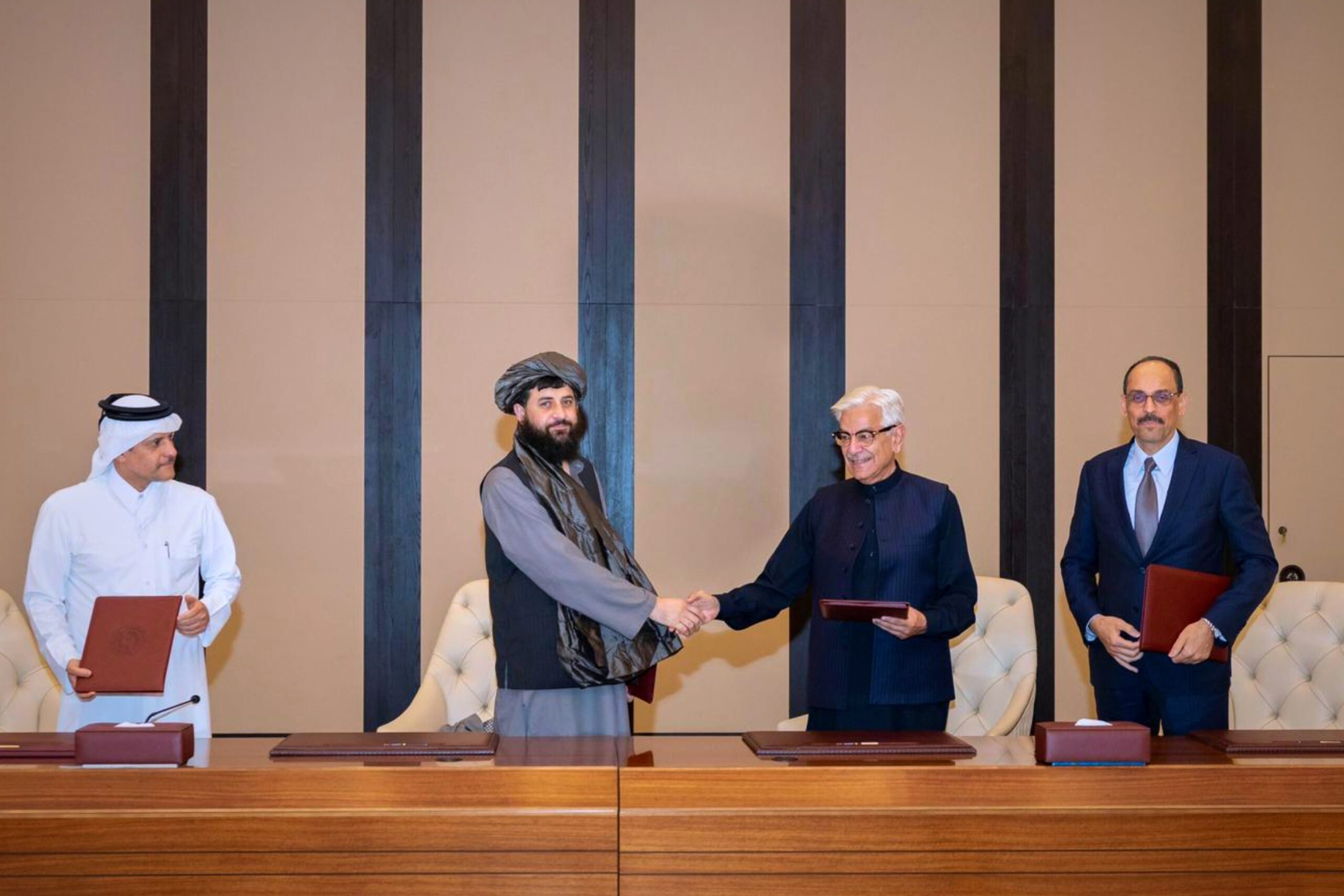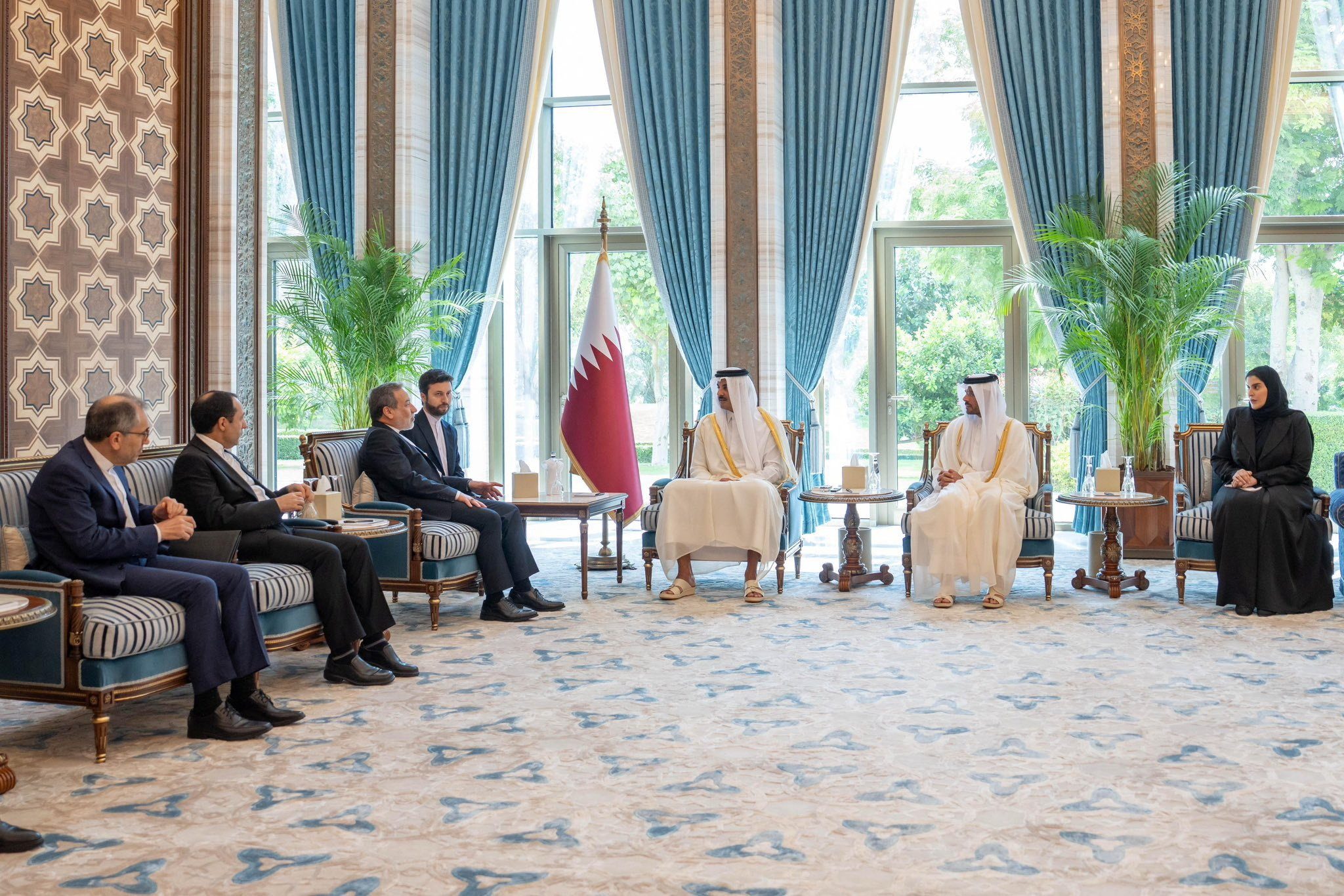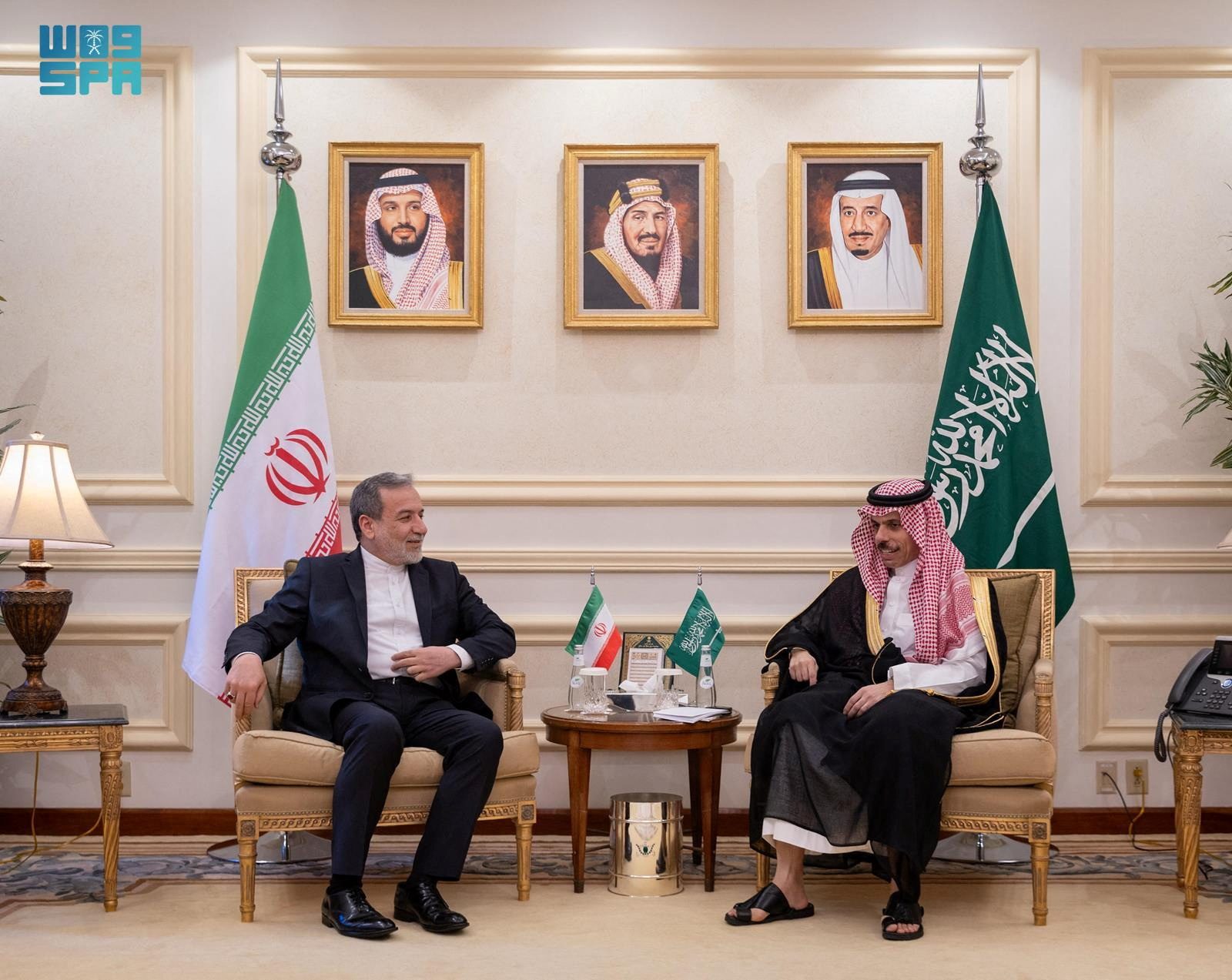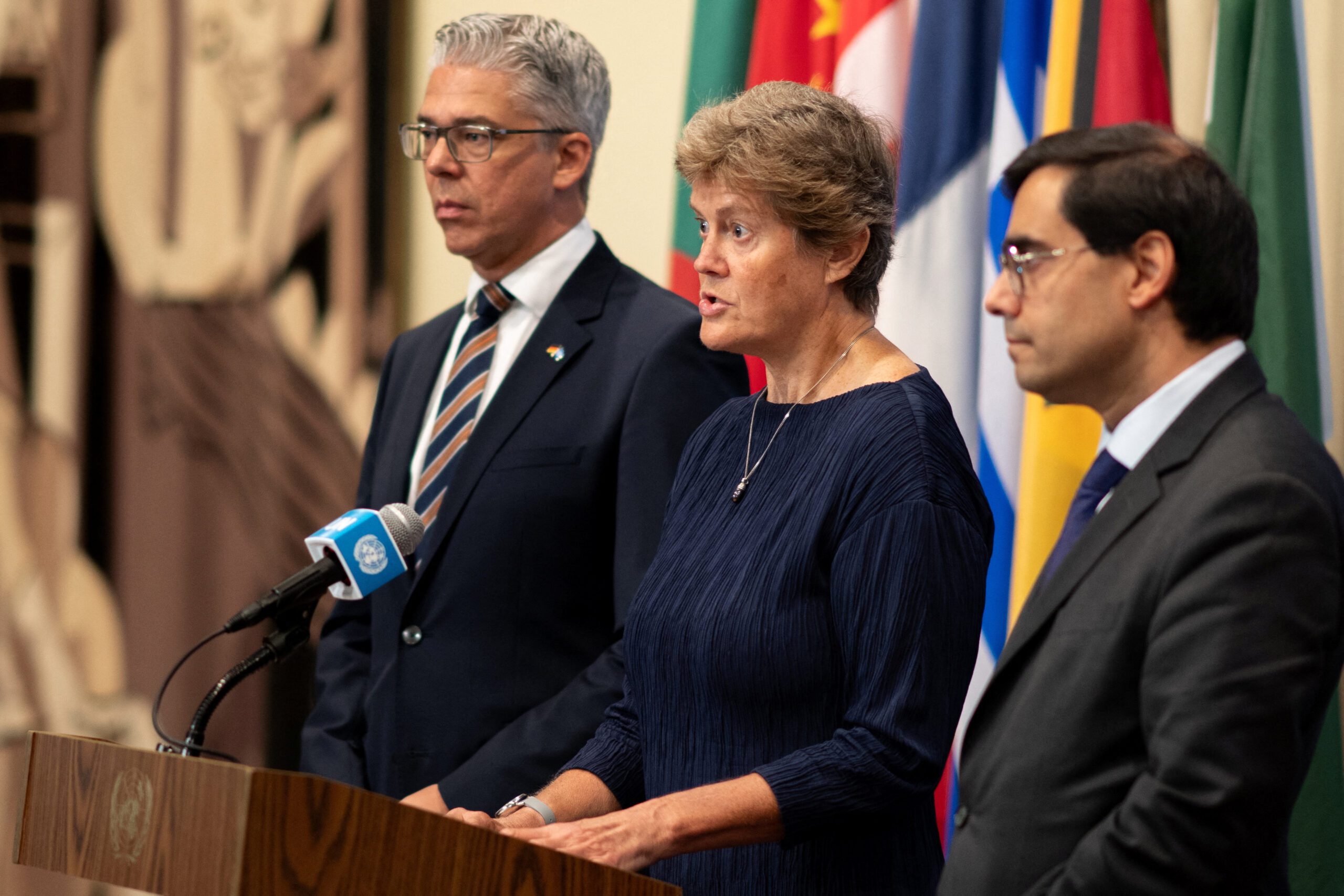
On August 28, the E3 – the United Kingdom, France, and Germany – formally initiated the 30-day process to trigger the “snapback” mechanism under the Joint Comprehensive Plan of Action. This measure permits any original signatory of the 2015 nuclear deal to reinstate United Nations sanctions in response to Iranian noncompliance. This move marks a significant turning point for the increasingly strained European-Iranian relationship. It comes on the heels of the June conflict between Iran and Israel, during which the E3 backed Israel. Against this backdrop, the prospects for constructive reengagement between the European Union and Iran appear increasingly dim.
Alignment With Washington and the End of European Autonomy
During George W. Bush’s presidency, the E3 aimed to prevent U.S.-Iranian military escalation over Tehran’s nuclear program. Today, however, the European trio operates in a sharply different environment shaped by East-West divisions, which helps explain the E3’s hardening stance toward Iran. For EU members, Russia’s 2022 invasion of Ukraine – and concerns over what might be Moscow’s ambitions in other European countries, such as Moldova – is the foremost security threat. Under these circumstances, Iran’s support for Russia’s war effort has sharpened Europe’s perception of Tehran as a malign actor.
At the same time, the war in Ukraine has reinforced Europe’s strategic dependence on the United States, elevating the importance of transatlantic cohesion for policymakers in London, Paris, and Berlin. The need to maintain close alignment with President Donald J. Trump’s second administration has further narrowed the space for an independent European policy on Iran. In this context, the deterioration of European-Iranian relations reflects bilateral grievances and broader geopolitical currents pulling Europe closer to U.S. strategic priorities.
When Trump’s administration unilaterally withdrew the United States from the JCPOA in 2018, effectively delegitimizing the deal, the E3 publicly reaffirmed its support for the accord and voiced opposition to Washington’s decision. However, beyond issuing political statements in defense of the agreement, the E3 failed to take meaningful steps to preserve it. In practice, London, Paris, and Berlin complied with the Trump administration’s extraterritorial sanctions that squeezed Iran.
In response, Tehran adopted a policy of “strategic patience,” giving Europe 12 months to deliver tangible incentives for continued Iranian compliance. One year after the Trump administration withdrew from the deal and no tangible relief had materialized, Iran gradually began breaching JCPOA limits – notably by increasing uranium enrichment levels – signaling the beginning of a more confrontational phase.
One of the clearest illustrations of Europe’s limited capacity, doomed efforts at strategic autonomy, and lack of political will to deliver on its JCPOA commitments was the fate of the Instrument in Support of Trade Exchanges. Instex, a European special purpose vehicle launched in 2019 to facilitate trade with Iran amid U.S. sanctions but quietly liquidated in 2023 after limited success. Designed to preserve the JCPOA’s economic benefits, it struggled due to technical inexperience, internal resistance in Iran and Europe, and strong U.S. opposition. With only one humanitarian transaction completed during the coronavirus pandemic (a sale of blood treatment medication in March 2020), Instex never came close to meeting its broader ambitions. European reluctance to defy U.S. sanctions, combined with Iran’s frustration over its symbolic scope, and weak coordination with the Iranian counterpart, the Special Trade and Finance Instrument, sealed its fate.
Today, while the E3 maintains that triggering the JCPOA’s snapback mechanism does not preclude future diplomacy, its record over the past decade has eroded Iran’s trust in Europe as an independent actor. From Tehran’s perspective, the European trio consistently failed to uphold commitments or exercise strategic autonomy from Washington. As a result, European appeals to diplomacy are increasingly perceived in Tehran as disingenuous, serving to justify coercive measures rather than to reestablish meaningful engagement.
The absence of meaningful trade and economic ties between the EU and Iran has significantly lowered the political and economic costs for Europe as it adopts an increasingly confrontational posture toward Tehran. Notably, the EU has imposed successive rounds of its own sanctions on Iranian entities and individuals – specifically in October 2022 and again in April and June 2023 – on human rights grounds. These measures were framed as a direct response to the death of Mahsa Amini in police custody in September 2022 as well as developments in Iran amid the subsequent protest movement that drew strong condemnation from policymakers and human rights organizations in the West.
Diplomacy in Ruins: What Comes Next?
The E3 increasingly views Iran as a nefarious and hostile actor, particularly in light of Tehran’s provision of drones and military advisors to support Russia’s war effort in Ukraine. This shift in perception has contributed to a hardening of Europe’s position on Iran’s nuclear program, aligning London, Paris, and Berlin more closely with the approach of the Trump administration and distancing them from their earlier role as a diplomatic bridge between Washington and Tehran during the administrations of former Presidents George W. Bush and Barack Obama. While the E3 frames its activation of the JCPOA’s snapback mechanism as a strategy to pressure Iran back to the negotiating table and ensure greater transparency in its nuclear program, this posture overlooks what Tehran regards as legitimate grievances and valid security concerns. Rhetoric from European officials amid the June Iran-Israel conflict, such as German Chancellor Friedrich Merz’s hailing Israel for doing the West’s “dirty work” by striking Iran, greatly contributed to the deterioration of any trust that existed during the rounds of nuclear talks with Iran between April and June.
The E3 now prioritizes alignment with Washington – particularly in the interest of strengthening transatlantic cohesion – over efforts to de-escalate tensions with Tehran. What remains uncertain is how Iran will recalibrate its policy toward Europe in response. A critical question is whether Tehran will retaliate broadly against the EU or target its diplomatic pique more narrowly at the E3 members. Within this evolving landscape, Italy – previously described as Iran’s “gateway” to Europe – could emerge as an intermediary. Although not a permanent member of the U.N. Security Council, Rome was highly supportive of the JCPOA process (to the point whereby Tehran pleaded for Italy to join the negotiations), and recently hosted U.S.-Iranian nuclear talks at the Omani Embassy in Rome. Its bridging position may offer a narrow channel to keep diplomatic options alive.
European-Iranian relations have reached their lowest point in decades. Years of diplomatic erosion, strategic misalignment, and deepening geopolitical polarization leave little appetite or trust on either side for meaningful engagement. The E3’s growing alignment with hawkish elements in Washington has reinforced Tehran’s perception of Europe as an extension of U.S. policy rather than a credible, independent interlocutor. With mutual grievances calcifying and both sides pursuing divergent regional and global priorities, the prospects for substantive diplomacy in the short term appear exceedingly remote. Without a major shift in political will – or a disruptive event forcing dialogue – the E3 and Iran will likely remain locked in a toxic cycle of antagonism.
By initiating the snapback mechanism, the E3 has set the stage for the reimposition of a wide range of U.N. sanctions on Iran – sanctions that had been lifted under the JCPOA framework. Unlike those imposed unilaterally by the United States or EU, U.N. sanctions carry the weight of international law, lending them greater legitimacy and making them significantly harder to reverse, particularly given the difficulty of rebuilding consensus among the five permanent members of the U.N. Security Council plus Germany. Because the snapback mechanism does not impose new sanctions but merely, by the provisions of the JCPOA, short-circuits long-standing sanctions relief and allows the previously approved U.N. sanctions to come back into force, the action is not subject to a U.N. veto that could be wielded by Russia or China.
This move comes at a precarious moment for Iran: The country faces mounting internal pressures, from deepening currency instability and worsening water and electricity shortages to fears that the fragile cease-fire with Israel will unravel. The prospect of renewed U.N. sanctions, set to take effect 30 days after the mechanism’s activation, adds yet another layer of uncertainty to an already volatile landscape. In the absence of a viable diplomatic offramp, the E3’s August 28 decision appears poised to deepen Iran’s isolation and compound the hardships facing its population.
The views represented herein are the author's or speaker's own and do not necessarily reflect the views of AGSI, its staff, or its board of directors.

